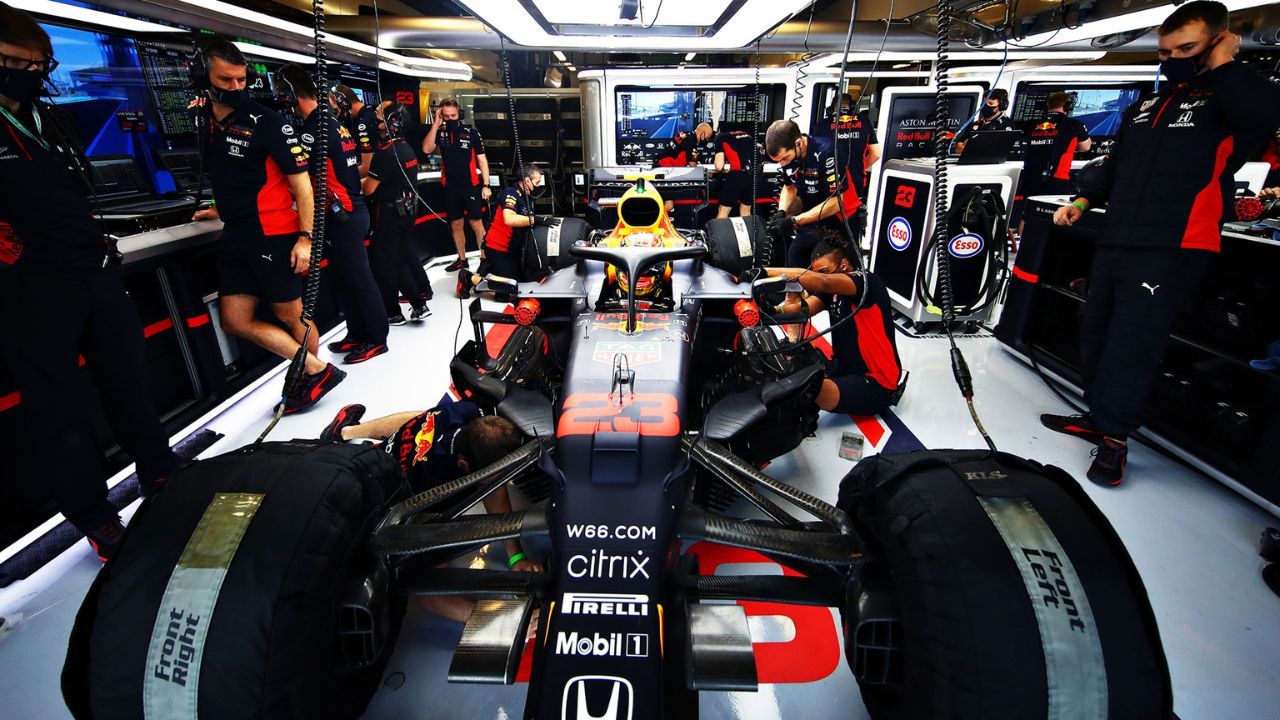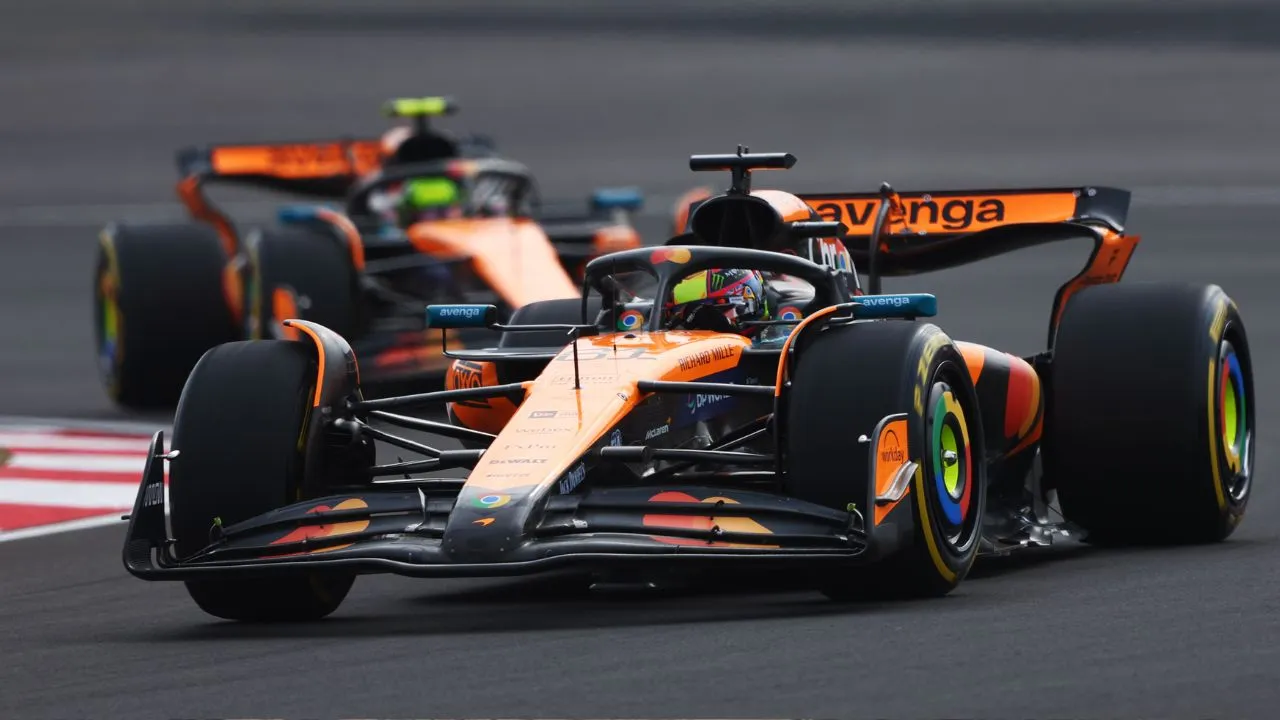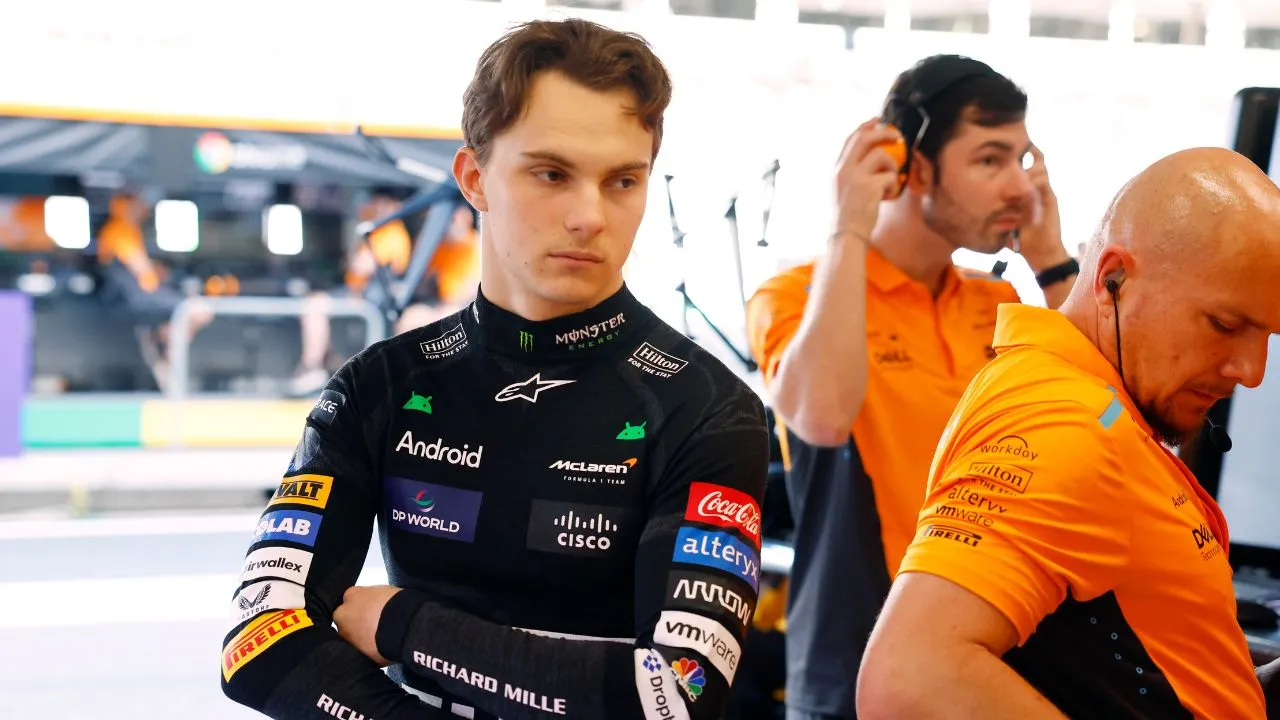F1: FIA Allows Teams to Use Extra Engine Components Without Penalty in 2023 Season
Due to the increased mileage required by the new F1 sprint format, only for the 2023 season, drivers will be allowed to use four internal combustion engines, turbochargers, MGU-H, and MGU-K components.

The FIA and the Formula One teams have reached an interim arrangement to raise the allotment of four primary power unit parts for the 2023 season. This decision comes just before the Azerbaijan Grand Prix, when Formula One will be introducing its new Sprint Formant. Due to the increased mileage, as of 2023 all drivers are able to utilise four power units including internal combustion engines, turbochargers, MGU-H, and MGU-K. For those not familiar, each Formula One driver is given a certain number of engine parts to use before being penalised. There is no penalty for making a switch within the allotted limit. However, if you go over it, whether for strategic reasons or because you damaged your components, you will get a grid penalty for the F1 race. The precise nature and severity of the punishment will of course vary according to the extra component taken.
Also Read: F1: New Sprint Format with Second Qualifying Session Confirmed for 2023 Azerbaijan Grand Prix
What Kind of Engine do F1 Cars have?
Since 2014, Formula One cars have to use 1.6-litre V6 turbocharged hybrid electric engines. They have many different types of energy recovery systems and rigorous regulations on fuel flow. A Formula 1 "Power Unit" consists of an Internal Combustion Engine (ICE), Turbocharger, MGU-K, MGU-H, Control Electronics, and Power Store. When compared to the previous power unit, this one was noticeably quieter. Teams made adjustments to the power unit (PU) within the regulations of Formula One to improve the performance of their vehicles.

As part of the engine freeze for the 2022 Formula One season, teams had until March 1st to make any adjustments or enhancements to the ICE, turbo, MGU-H, engine oil, exhaust system, and fuel parameters. The deadline for Energy Store, Control Electronics, and MGU-K was extended to September 1st, 2022. Although the engines will be used until 2025, FIA permits modifications and enhancements to be made to them under the new rules.
Also Read: F1: Monaco GP Under Threat from French Protestors
FIA to Look into Possible F1 Cost Cap Exemptions
With regards to the future, the cost limit is perhaps the most important alteration. There have been requests for special treatment for the bottom-performing teams so they can play catch-up. As a result, the FIA has now agreed to look into potential cost limit exemptions for restoring outdated F1 factory infrastructure. This is, however, only being done in terms of enhancing sustainability, with an emphasis on environmental issues.


.webp)
.webp)
















Write your Comment on